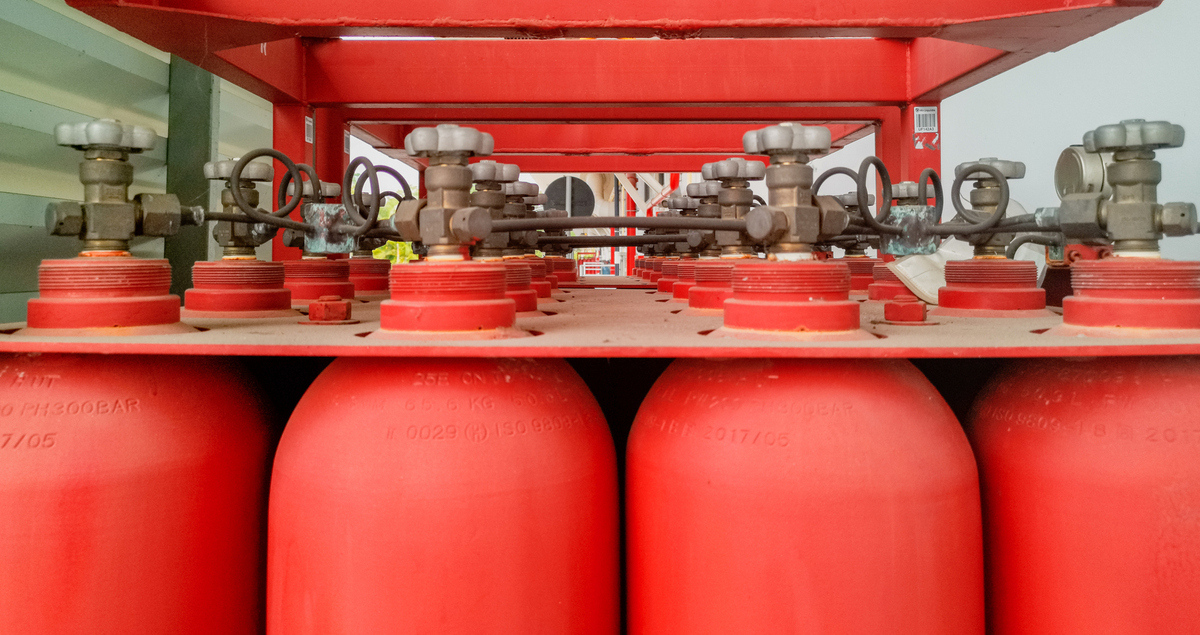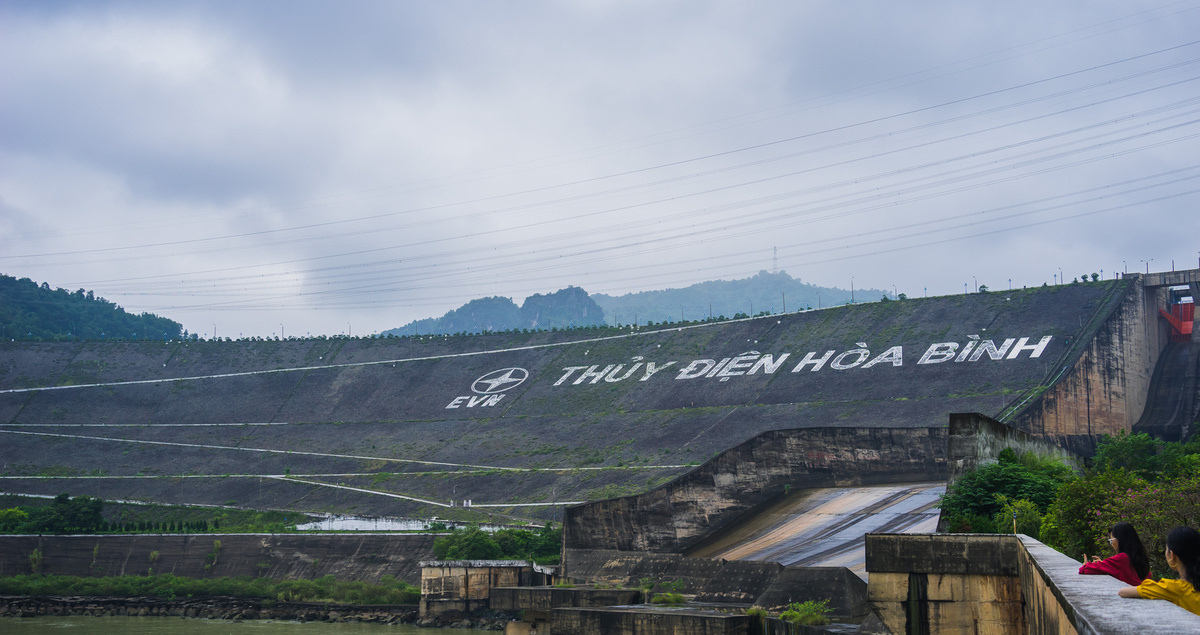How green finance is funding the energy transition

When it comes to project finance, investors are increasingly voting with their conscience.
The Environmental, Social and Governance (ESG) criteria for investing have grown exponentially in the past few years as fund managers race to find assets that will satisfy their customers’ sustainability principles.
In Europe alone, ESG assets are expected to represent more than half of all investment funds by 2025. Globally, Moody’s reported record levels of sustainable bond issuance in the third quarter of 2020 and forecast that total investment could reach $425bn for the whole of 2020.
Speaking at the Financial Times (FT) Energy Transition Strategies Summit last December, Christopher Hurst, Director General of the Projects Directorate at the European Investment Bank (EIB), explained the burst of interest.
“Every night on the news, we see stories of extreme weather events − of storms and sea surges, flooding, forest fires − all of which are caused by climate change,” he said.
“I think there’s just an increasing awareness of this as an issue. And there’s increasing awareness that there are credit risks in other types of investment that maybe we’re not thinking through. That leads people to look at green finance as being more secure and more reliable in the future.”
It is a trend that energy industry leaders have also noted first-hand. At the Financial Times event, Massimo Mondazzi, Chief Operating Operator for Energy Evolution at Eni, talked about a sea change in investor attitudes in the United States.
“Investors are much more interested in quantifying climate change in your portfolio,” he said.
The energy transition in action
As part of the expansion of its clean energy business, Mitsubishi Heavy Industries (MHI) Group recently issued its own green bond, to finance investments in wind, geothermal energy, and hydrogen.
MHI was one of the very first industrial companies in Japan to do so, according to Takajiro Ishikawa, Senior Executive Fellow and Senior Executive Vice-President, MHI America: “We are going to transform ourselves into becoming a technology or a solution provider that enables society to become carbon neutral.”
These solutions range from carbon capture and storage (CCS) and hydrogen applications for hard-to-abate sectors through to geothermal energy and heat pumps. And some of MHI’s customers are financing these activities through sustainability instruments. For example, in Austria, Primetals Technologies, a part of MHI Group, is working on a pilot project to produce steel using hydrogen with its customer voestalpine, which has financed its green activities through a sustainability loan.
The pipeline problem
While there is significant project financing available, there is also a shortage of fully vetted projects in which to invest. The gap between the infrastructure needed and the financing to build it is estimated to be around $2.5 trillion a year until 2030.
According to the Organization for Economic Co-operation and Development (OECD): “There simply are not enough identifiable, investment-ready and bankable projects, constituting a pipeline, to which private sector investors and project developers can commit time, effort and funding.”
The OECD suggests that to address this, governments should develop robust pipelines, “including by providing effective policy tools and institutional support” to projects.
Greenwashing – where the actions of companies don’t reflect their rhetoric – is another concern for investors and transparent reporting will become ever-more important for companies hoping to secure financing, said Stephanie Pfeifer, Chief Executive Officer of the Institutional Investors Group on Climate Change, at the FT event.
“There are ongoing conversations with data analysts like the Transition Pathway Initiative, like the Carbon Tracker Initiative,” Pfeifer explained.
These conversations, she added, are focused on “looking at the disclosure indicators that investors need to really understand if that company is transitioning and perhaps even creating standard frameworks for how companies can show that they’re aligning”.
Making a difference on the ground
The energy transition is critical to manage climate change. All energy usage – covering power, heat and transport – is responsible for 73% of global CO₂ emissions. The International Energy Agency (IEA) says that to meet the Paris Agreement targets, energy emissions need to drop by 4.6% a year by the 2030s.

MHI is aiming to increase its global energy and environment revenues by $2.9bn by 2030 by focusing on technologies that can help achieve this emissions reduction, such as carbon capture and hydrogen.
An example of this approach in action is Mitsubishi Power’s work on the Intermountain Power Project in Utah, which will see a coal-fired plant serving the Los Angeles area replaced with one that can run on both natural gas and hydrogen. The plant will use 100% green hydrogen by 2045 − providing carbon-free power to hundreds of thousands of homes.
This project is an example of the kind of green future-proofing of assets that investors are increasingly seeking, said Ishikawa.
“We’re seeing a lot of public utilities adopting a method that, when they build new gas-fired projects, they will go for a technology that allows them to ultimately burn hydrogen,” he said.
“Investors will pursue green technology and green sources of energy.”
Geography matters
The growth in ESG investing includes a rise in sovereign sustainable bonds, as countries raise capital for sustainable development. European countries have led the way in this, with France issuing $26.8bn in green bonds since 2017. But emerging economies are following suit. Nigeria was the first African nation to issue a sovereign green bond and has so far issued sustainable bonds worth $28m.

When it comes to sustainable infrastructure investment, emerging markets, such as those in Africa and Asia, also benefit from multilateral funding through development banks, like the Asian Infrastructure Investment Bank (AIIB), which has committed over $11bn in financing to projects in Asia since 2016, including an Emerging Asia Renewable Energy Fund.
The EIB is also supporting green projects around the world, including in countries that previously relied on “single point sources of power coming from very large power stations,” said Hurst at the FT summit. “Now, we have the possibility of having decentralized electricity, which can bring power to regions that simply couldn’t have it before.”
Governments and companies are expected to issue $500bn in green debt in 2021, to help fund a sustainable economic recovery from the COVID-19 pandemic. With the development of clearer guidelines, targeted policy and more projects coming on stream, now, more than ever, green finance presents a global opportunity.
Read more about MHI’s green bond





